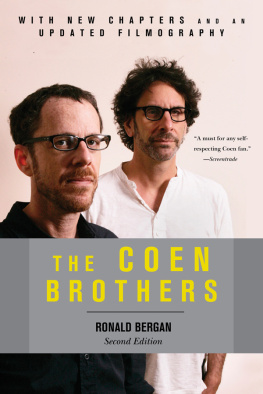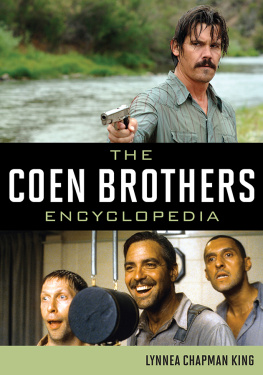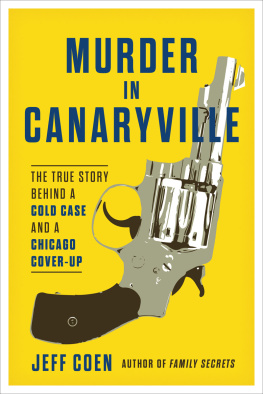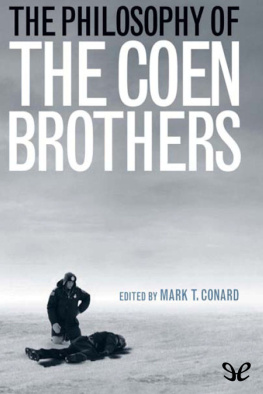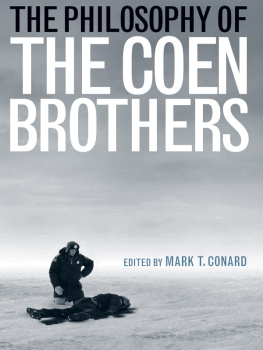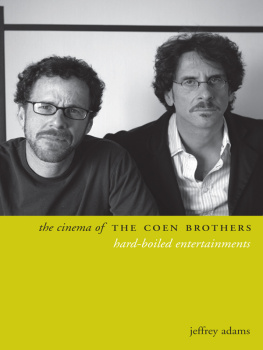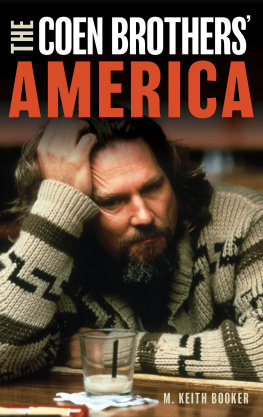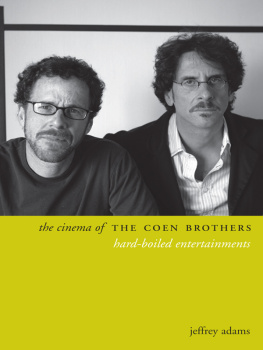By the same author:
Sergei Eisenstein: A Life in Conflict
Jean Renoir: Projections of Paradise
Dustin Hoffman
Anthony Perkins: A Haunted Life
The Great Theatres of London
The United Artists Story
... Isms: Understanding Cinema
Franois Truffaut Interviews
Eyewitness Companion Guide to Film
Copyright 2000, 2004, 2016 by Ronald Bergan
All rights reserved. No part of this book may be reproduced in any manner without the express written consent of the publisher, except in the case of brief excerpts in critical reviews or articles. All inquiries should be addressed to Arcade Publishing, 307 West 36th Street, 11th Floor, New York, NY 10018.
Second Edition
Arcade Publishing books may be purchased in bulk at special discounts for sales promotion, corporate gifts, fund-raising, or educational purposes. Special editions can also be created to specifications. For details, contact the Special Sales Department, Arcade Publishing, 307 West 36th Street, 11th Floor, New York, NY 10018 or .
Arcade Publishing is a registered trademark of Skyhorse Publishing, Inc., a Delaware corporation.
Visit our website at www.arcadepub.com.
10 9 8 7 6 5 4 3 2 1
Library of Congress Cataloging-in-Publication Data
Bergan, Ronald.
The Coen brothers / Ronald Bergan.Second edition.
pages cm
Includes bibliographical references and index.
ISBN 978-1-62872-566-7 (paperback); ISBN 978-1-62872-624-4 (ebook)
1. Coen, Joel. 2. Coen, Ethan. 3. Motion picture producers and directorsUnited StatesBiography. I. Title.
PN1998.3.C6635B47 2016
791.4302330922dc23
2015034254
Cover design by Owen Corrigan
Cover photo credit: AP Images
Printed in the United States of America
For Rik Boulton, Richard Statman, and
Vito Rocco, friend, colleague, and idol, respectively
Turning and turning in the widening gyre
The falcon cannot hear the falconer;
Things fall apart; the centre cannot hold;
Mere anarchy is loosed upon the world,
The blood-dimmed tide is loosed, and everywhere
The ceremony of innocence is drowned;
The best lack all conviction, while the worst
Are full of passionate intensity.
W. B. Yeats, The Second Coming
CONTENTS
ACKNOWLEDGMENTS
I WOULD LIKE TO THANK the following:
Trevor Dolby, for encouraging me through thick and thin; Robyn Karney, whose skills I could have done with earlier; my agent Tony Peake; Rena Coen, with apologies, and, in alphabetical order:
Gilbert Adair, Professor Paul Benaceraff, Danae Boussevain, Gianna Chatchere, Mark Cousins, Adams Douglas, Margrit Edwards, Anna Faiola, Sir Anthony Forte-Bowell, Dan Friedlaender, Dr. Raymond Geuss, Clive Hirschhorn, Kate Holland, Professor Dennis Jacobson, Roderick Jaynes, Professor Dick Jeffrey, Catriona MacGregor, Stacey Mann, Domingo Monet, Lolly OBrien, Ben Primer, Professor Edward Schulbyte, Alan Schoolcraft, Peter Strickland, John S. Weeren.
INTRODUCTION TO THE SECOND EDITION
Reasonable doubt. Im sayin, sometimes, the more you look, the less you really know. Its a fact. A proved fact. In a way, its the only fact there is.
Freddy Riedenschneider in The Man Who Wasnt There
T HE REASON I WROTE THE first edition of this biography, published in 2000, was that the Coen brothers were among the most exciting, innovative, intriguing, and amusing American film directors around. And they were the most independent! What I particularly admired, and what interests me in most art, was the allusiveness and intertextuality of their films. They were especially aware that their films came after more than seventy years of cinema history, and they paid homage to the writers and directors that had influenced them. But their work was no mere pastiche or superficial acknowledgement of their predecessors. They had, in Ezra Pounds terms, made new.
When they first burst onto the scene with Blood Simple in 1984, they immediately established their credentials as the true descendants of the masters of the American film noir of the 1940s, and showed how profoundly they were imbued with the spirit of the hard-boiled school of writers such as James M. Cain, Raymond Chandler, and Dashiell Hammett. Above all, they had immediately grasped the language of cinema. They were not content to use the tools of conventional narrative but sought to explore the supremacy of the image. In film after film, they found the appropriate visual style for the subject. Each of their films had a different look and feel, and yet each carried the brothers individual signature. This was heartening in a period when Hollywood movies were becoming more and more anonymous and increasingly aiming at teen audiences. Yet the Coen brothers films could be appreciated by sophisticated adults who got the references, as well as by those who enjoyed them on a less cerebral level.
However, I cannot disguise the fact that Ive been disappointed by some of the Coens films since the last edition in 2000, and what I saw as a detrimental move into the mainstream. But this was only measured by the highest standards that they had set themselves. Nevertheless, I was confident, given Joel and Ethans singular talents and track record, that another high would be just round the corner.
I was not wrong. They soon came up with No Country For Old Men , for which they carried off three Academy Awards: Best Picture, Best Director, and Best Adapted Screenplay, plus Best Supporting Actor (Javier Bardem). This enabled the Coens to join the few elite directors honored in three main categories for one film. There was also almost unanimous critical acclamation, with some reviewers, like Peter Travers of Rolling Stone , considering the movie to be a new career peak.
No Country For Old Men was the first direct adaptation of a novel, after which the Coens returned to original screenplays: Burn After Reading , which I consider a blip, and A Serious Man , their most personal and least commercial film (with The Hudsucker Proxy ). Then it was back to an adaptation/remake with True Grit , nominated for ten Academy Awards, their least personal but most commercial film.
Although, as Joel admitted, Neither of us rides, and I dont think wed thought enough about the horses. Theyre at the front of every scene and that was tricky at times, that didnt disqualify two middle-class Midwest Jews from making a superior western.
No horses were harmed during the making of True Grit , just as no Jews were harmed during the making of A Serious Man , a subject that was closest to their own childhood experiences in 1967, filtered through their black humor. Inside Llewyn Davis , set a few years earlier in 1961, at the time of the folk revival, gave the brothers the chance to explore their favorite theme of the loser, adding the struggling folk singer to the list that includes Hi, Barton Fink, Norville Barns, The Dude, Ed Crane, and Larry Gopnik. Of the character of Llewyn Davis, Ethan declared that Its more interesting for us to make a movie about a loser. Who wants to make a movie about Elvis?
One could say that the Coen brothers know as much about being losers as they know about riding horses. Because, whether an adaptation, a remake, or an original screenplay, commercial or personal, a Coen brothers film is always an event. Retaining their position as foremost among filmmakers who emerged in the 1980s, the Coens continue to surprise, astonish, irritate, amuse, and inspire.

